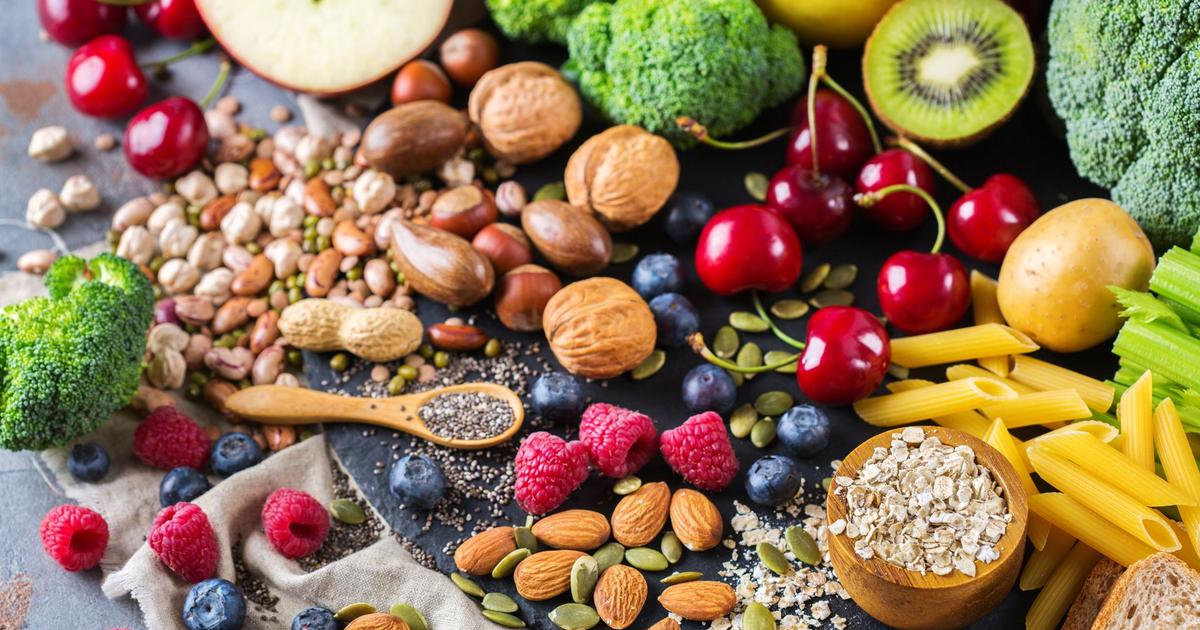1. Proust's Madeleine : the memory of taste
©Alessandro Lonati/Leemage
"The taste of the piece of madeleine dipped in linden that my aunt gave me [...] The smell and flavour remain for a long time [...] to carry without flinching [...] the immense edifice of remembrance." The experiment described by Marcel Proust corresponds to what neuroscientists call indirect associative memory, a major brain mechanism. Researchers from INRA and Inserm refined the Proustian description in the summer of 2018 by showing that the hippocampus and its cannabinoid receptors play an essential role in the coupling between sensory perceptions and memories. A powerful learning tool, indirect associative memory influences our behaviors by causing inexplicable attraction or rejection towards objects, places or people. Research is never wasted time...
2. Garlic: raw, cooked, black, in capsules... What are the differences?
176046393/Lichin - stock.adobe.com
Herodotus relates that the slaves of the Egyptian pyramids went on strike to protest against the reduction of their garlic ration. They were right! Raw garlic delivers...
This article is for subscribers only. You still have 92% to discover.
Want to read more?
Unblock all items immediately.
TEST FOR 0,99€
Already a subscriber? Log

